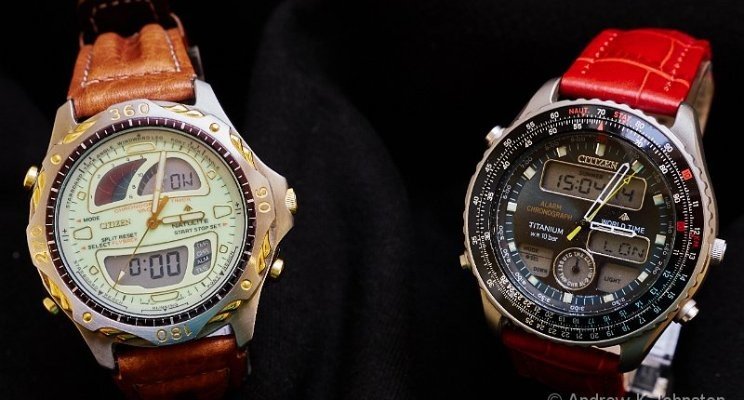The worlds of architecture, art, and watchmaking are intricately connected, with each field influencing and inspiring the others. Watch designers draw heavily from architectural forms and artistic movements to create timepieces that are not just functional but also visually stunning and culturally significant. This fusion results in watches that are masterpieces of both engineering and aesthetics. Here, we explore how architecture and art have shaped watch design, highlighting notable examples and key concepts.
1. Architectural Influences on Watch Design
Structural Precision
- Geometric Shapes: Much like the clean lines and precise angles found in modern architecture, many watches feature geometric designs that emphasize clarity and functionality. The Audemars Piguet Royal Oak, designed by Gérald Genta, is a prime example with its octagonal bezel inspired by a ship’s porthole.
- Materials: Architectural advancements in the use of materials such as steel, titanium, and ceramics have translated into watchmaking. These materials not only enhance the durability and functionality of watches but also contribute to their aesthetic appeal. The use of sapphire crystal in watch faces mirrors the use of glass in modern buildings to create a sense of transparency and openness.
Symmetry and Balance
- Proportions: The concept of the golden ratio, widely used in architecture, is also prevalent in watch design. Watches like the Patek Philippe Calatrava adhere to these harmonious proportions, resulting in a visually pleasing and balanced design.
- Functional Design: Just as buildings are designed with specific functions in mind, watches incorporate features that reflect their purpose. Dive watches, for instance, often have rotating bezels and luminescent markers, elements that are both functional and stylistically influenced by the utilitarian design principles of industrial architecture.

2. Artistic Influences on Watch Design
Art Movements
- Art Deco: This early 20th-century movement, characterized by bold geometric patterns and luxurious materials, has greatly influenced watch design. The Cartier Tank, with its clean lines and elegant form, is a quintessential example of Art Deco influence.
- Minimalism: The minimalist art movement, which emphasizes simplicity and the use of negative space, is evident in watches like those from the Danish brand Skagen. These watches feature clean dials, unadorned faces, and sleek cases, embodying the minimalist ethos.
Artistic Techniques
- Enamel and Engraving: Traditional artistic techniques such as enamel painting and hand engraving are used to create intricate and detailed watch dials. Brands like Vacheron Constantin and Jaeger-LeCoultre are renowned for their use of these techniques, producing watches that are true works of art.
- Skeletonization: This technique involves removing parts of the watch movement to reveal its inner workings, akin to how certain architectural designs expose structural elements for aesthetic effect. The Jaeger-LeCoultre Master Ultra Thin Squelette showcases this approach, creating a sense of transparency and depth.
3. Notable Examples of Architecture and Art in Watch Design
Audemars Piguet Royal Oak
- Architectural Inspiration: The Royal Oak’s design was inspired by a diver’s helmet and features a distinctive octagonal bezel secured by visible screws, reminiscent of modernist architecture’s emphasis on form and function.
- Impact: Since its introduction in 1972, the Royal Oak has become an icon, blending industrial design with high-end watchmaking, and influencing countless other designs in the industry.
Jaeger-LeCoultre Reverso
- Art Deco Influence: The Reverso, introduced in 1931, features a reversible case initially designed to protect the watch face during polo matches. Its geometric shape and elegant lines are quintessentially Art Deco.
- Versatility: This watch has evolved to include various artistic dials, such as those featuring enamel paintings or guilloché patterns, showcasing the intersection of art and horology.
Vacheron Constantin Métiers d’Art Collection
- Artistic Techniques: This collection showcases the brand’s commitment to traditional arts and crafts. Each piece is a canvas for master artisans who use techniques such as enamel painting, engraving, and gem-setting to create unique dials.
- Cultural Influence: The Métiers d’Art collection often draws inspiration from historical and cultural themes, translating artistic and architectural heritage into watch form.
4. Contemporary Trends and Future Directions
Integration of Modern Art
- Collaborations: Many contemporary watch brands collaborate with modern artists and architects to create limited edition pieces. For instance, Hublot’s collaboration with contemporary artists like Shepard Fairey and Richard Orlinski has resulted in watches that are both innovative and visually striking.
- Digital Art: With the advent of smartwatches, digital art and design elements are increasingly being integrated into watch faces, offering a new canvas for creativity and personalization.
Sustainable Design
- Eco-friendly Materials: Inspired by the sustainable architecture movement, watchmakers are increasingly using eco-friendly materials and manufacturing processes. Brands like Panerai are leading the way with watches made from recycled materials, aligning with the principles of sustainable design.
- Long-lasting Quality: The focus on creating timepieces that last for generations mirrors the architectural trend towards building structures that are not only beautiful but also sustainable and durable.
Conclusion
The influence of architecture and art on watch design is profound, resulting in timepieces that are not only functional instruments but also expressions of cultural and artistic values. From the geometric precision of modernist architecture to the intricate beauty of traditional art techniques, these influences create watches that captivate the imagination and stand the test of time. As watchmaking continues to evolve, the dialogue between these fields will undoubtedly inspire even more innovative and stunning creations.











